We all have local sites we like to check for bird photo opportunities, as well as favorite locations we wish we were closer to. At this time of the year, my thoughts turn to photo hotspots that I appreciate in the biggest ways, and long to visit with my camera in hand – today! Think about it: What favorite birding location would you like to visit with your camera on a sunny day? After a little more thought on the topic, I centered on 4 primary locations, each positioned at distant corners of the continental United States.
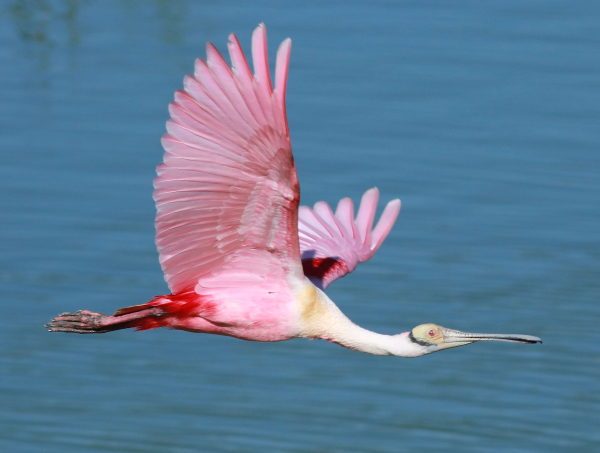
Three of the hotspots are in fairly obvious winter/spring birding states – Texas, California, and Florida – while the fourth is less obvious. I will save that fourth hotspot for an end of article surprise, and begin sharing some reasoning for my choices, along with a few photographs taken at each of these remarkable bird photography destinations.
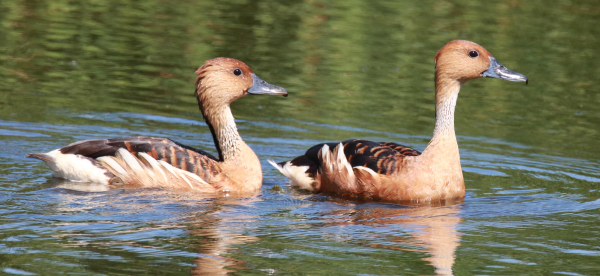
Let’s start with the location that provides the most diverse bird photography experiences that stretch from a colonial wading bird nesting rookery, a coastal woodland, the sands of the Gulf Coast, and freshwater marshes in a prairie landscape. I’m describing a remarkable bird photography destination that is centered at High Island, Texas. Beginning with the remarkable photo opportunities provided at the wading bird nesting colony at Smith Oaks Bird Sanctuary, where there is constant feathered motion as Roseate Spoonbills, Great Egrets, Tricolored Herons, Snowy Egrets, and other exciting birds fly to and from nest sites built in close proximity to one another.
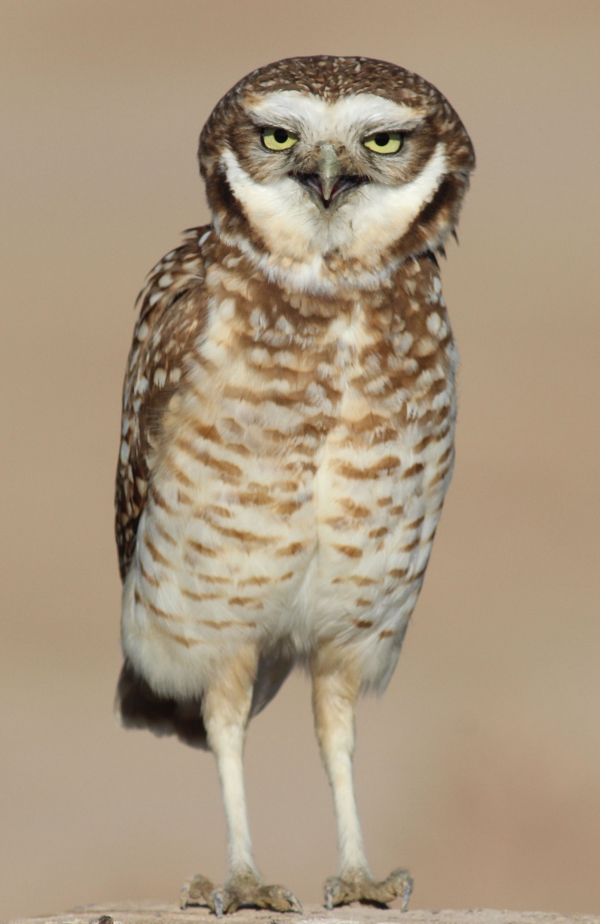
A favorite image among a series of photos taken of a displaying Burrowing Owl near the south shore of the Salton Sea is emblematic of the quality and variety of photo experiences possible along the south shore region (400mm telephoto lens, f-8 aperture, 1/1600 shutter speed, 400 ISO).
|
A recently built canopy walkway provides one of the best bird photography opportunities imaginable, permitting you to photograph from an elevated position that puts you more in line with the flights of birds that permits you to stand or walk through the treetops. In some cases, egrets and herons are building nests within 20 feet of your position, occasionally displaying to mates and interacting aggressively toward other birds that violate the integrity of their territory. The photography is usually fast-paced and exciting, and you never know what other water-oriented birds might appear – a colorful Purple Gallinule, a Yellow-crowned Night Heron, and there are always American Alligators and Soft-shelled Turtles on hand in the shallows.
You have the option of photographing from atop the skywalk, or at ground level, and you can always walk along the trail that skirts the edge of the water channel that divides you from the nesting isle. As you walk the trails, or amble along the long skywalk, you are literally positioned among the treetops, walking through live oak woods that attract a variety of songbirds. If you time your visit to High Island with the peak of spring songbird migration, the weeks before and after May 1st, these woods and surrounding open areas attract an especially exciting mix of neotropic migrants that include Scarlet Tanagers and Summer Tanagers, Blue Grosbeaks and Indigo Buntings, Baltimore Orioles, and a full spectrum of warblers and vireos! It can be amazing if you time your visit right. [Now I’m getting excited, just thinking about past experiences and the potential of my next visit!]
The infamous Boy Scout Woods Sanctuary in just down the road, literally a few blocks across the little town of High Island, and it’s located near the south edge of the first trees that songbirds find as they make landfall after migrating across the Gulf of Mexico from wintering ranges in Latin America. These wooded habitats, so important for migrating and nesting birds, are protected and hosted by Houston Audubon, which provides such an exceptionally important presence in the area for birds and birders.
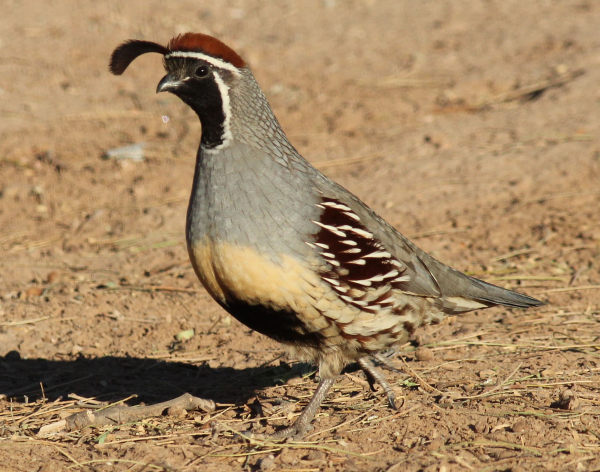
Not far down the road, the water of the Gulf laps the sandy shore where a completely different mix of birds can be found along the upper reaches of the Bolivar Peninsula, ranging from sandpipers and plovers to terns, gulls, and skimmers – including wintering, migrant, and local nesting species during the spring birding season. And if that’s not enough, northwest of High Island there is a secluded location to photograph marsh birds like White-faced Ibis and a variety of wading birds, whistling ducks and other waterfowl, Common Gallinules, and more – Anahuac National Wildlife Refuge. The short drive to Anahuac also takes you through open prairie areas where you can find Scissor-tailed Flycatchers, kingbirds, and raptors that include White-tailed Kites. Clearly, this area of southeast coastal Texas is among the long list of ‘must experience’ birding hotspots, and as long as the sun shines, the area provides unending photo subjects in season.
A Cali Desert Oasis
The Salton Sea is a true geographical anomaly located north of the Mexican border in southeast California. This broad shimmering stretch of water is truly out of place against the vast desert landscape, but via a massive irrigation system the south side of Salton Sea has been transformed into one of the most productive agricultural areas in the nation, producing crops year-round. The region’s variety of habitats with wetlands, desert scrub, and ag areas supports a diversity of birds, ranging from wading birds to ducks and geese to White-faced Ibis and Long-billed Curlews, Common Ground Doves, Abert’s Towhees, Gambel’s Quail, birds of prey including Burrowing Owl populations, and even wintering Mountain Plovers!
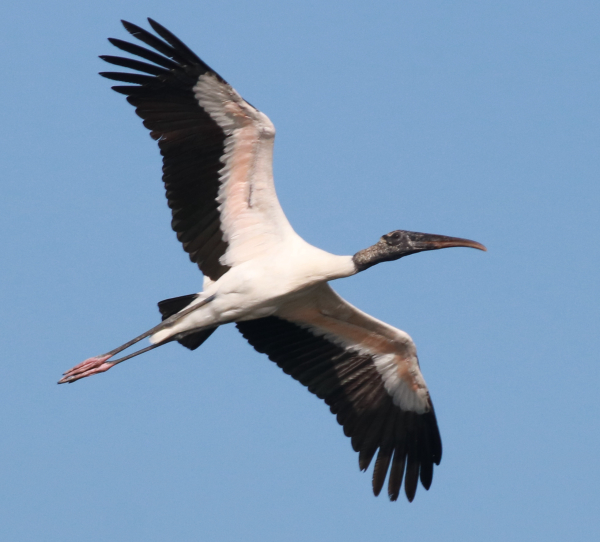
I tend to focus my photo visits at the southern end of the region, centered around the Sony Bono Salton Sea National Wildlife Refuge. The southern shore of the “Sea” attracts a variety of wading birds and gulls, some shorebirds along with waterbirds and ducks; ibis and curlews are more often found in open hayfields, as are feeding Ross’s Geese during winter. Watch the topsides of irrigation channels for Burrowing Owls that utilize California Ground Squirrel burrows, and you never know what interesting off-course rare birds might be on hand – like a Tundra Bean Goose or Blue-footed Booby, although a Yellow-footed Gull would be more likely. The Salton Sea attracts a different mix of birds that share the area with the native species, and in the beautiful desert sunlight of late winter and early spring there is always a diversity of photo subjects.
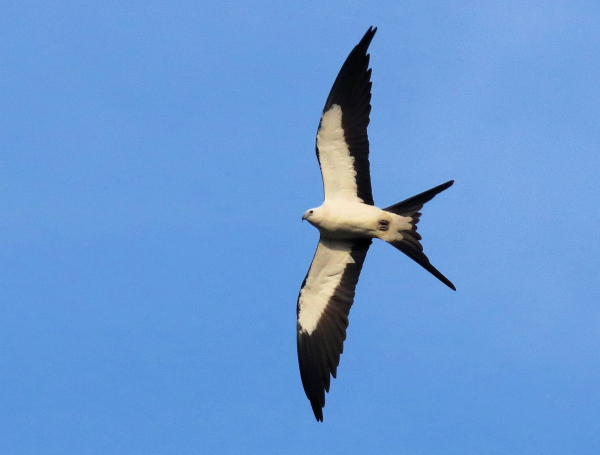
Everglades Excitement
Florida is literally one big birding hotspot that includes a variety of habitats, but there is no question that wetland birding is paramount when searching out most bird photography locations. While I have recently been enamored with photographing shorebirds and other water-oriented species in the Tampa Bay area, my true go-to hotspot in Florida is really the Everglades. It’s a place where you separate your thoughts with the rest of the world and stay within the moment, surrounded by a sea of shallow water and emergent vegetation broken by small islands of trees, shrubs, or mangroves – all populated by birds that offer a tropical flavor mixed with temperate favorites.
With such memorable birds as Wood Storks, Roseate Spoonbills, White Ibis, and an abundance of egrets and herons, wintering or migrating songbirds, Ospreys and Red-shouldered Hawks, and the chance to see a vagrant Magnificent Frigatebird or American Flamingo, the Everglades offers a potential that rivals any birding photo mecca. One of my favorite photo activities has been to park myself on 1 of the 3 picnic tables at Paurotis Pond, about midway into Everglades National Park. There I enjoy the Everglades ambiance while photographing Wood Storks, spoonbills, ibis, and a host of other wading birds as they fly back and forth from a distant wooded island where they are active building nests and raising young. Some birds fly tantalizingly close, while others fly beyond telephoto range; but it was the occasional stork or spoonbill that really produced an adrenaline spike and provided chances to photograph the birds in flight against a beautiful morning blue sky.
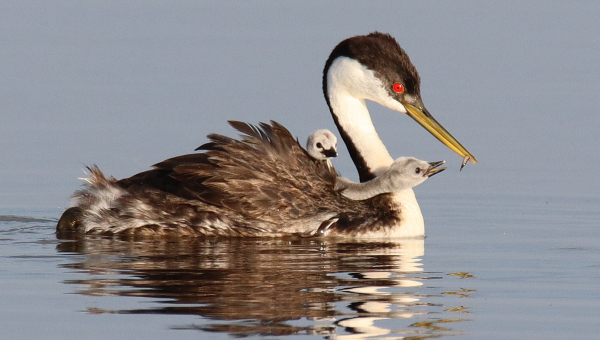
My favorite stretch of roadway is from north of the pond to the end of the road on the edge of Florida Bay, and when the Glades are flooded with shallow water this stretch offers the best Everglades experience. While wading birds are often foraging in the shallows, I must admit that my favorite Everglades birds are Swallow-tailed Kites, that begin arriving the end of March and fill the April sky with their buoyant graceful flights. Consider making a primo photo of a Swallow-tailed Kite a goal at or near the top of your bird photo to-do list. The journey to reaching that goal is an honorable one and should you fulfill that goal, your Swallow-tailed Kite photos will surely be among your most cherished bird art images.
Dakota Surprises
Since I returned to the Northern Plains a decade ago, I’ve enjoyed photographing from the Badlands of western Dakota to the Zim Bog of northern Minnesota – almost a straight-line west to east. And actually, within a mile or 2 or 3 of my office I have remarkable photo ops most months of each year. But when I need a winter pick me up, I drive to central South Dakota along Highway 83, then filter off to gravel side roads along a regular route to count and photograph birds of prey along my SoDak wintering raptor route – such as I did last Thursday and may return to this Thursday. With such exciting birds of prey to encounter and hope to photograph as Golden Eagles, Prairie Falcons, Ferruginous Hawks, Harlan’s Red-tailed Hawks, pale Prairie Merlins, and the variety of plumages among wintering Rough-legged Hawks, you gotta love a day surrounded by a half-a-hundred raptors!
As winter leads to spring, concentrations of geese and ducks reposition my attention to Sand Lake National Wildlife Refuge about an hour south-southeast of home. Within days of their arrival at the refuge the waterfowl arrive in my neighborhood, including 5 species of geese – numbers of Ross’s, Cackling, White-fronted, and Canada Geese mix with clouds of Snow Geese to fill my surroundings with goose music. I live in the midst of one of the premier prairie wetland areas in America – prime for nesting ducks and a diversity of other birds, including migrating and nesting shorebirds, raptors including nesting Swainson’s Hawks, and an exciting variety of grebes and wading birds.
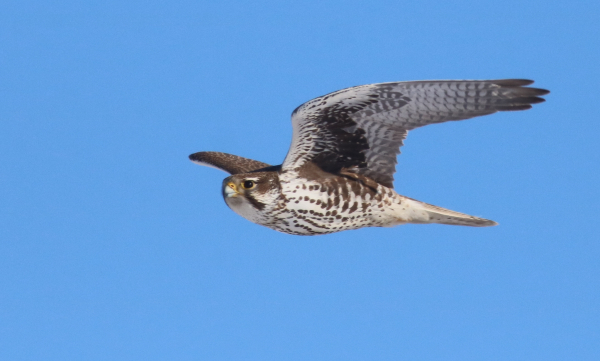
Although far fewer people experience or acknowledge the Dakotas as a top birding destination, anyone who has seen my photos and reads my weekly account of the birds I encounter just down the road must appreciate the Northern Plains as a true bird photography hotspot. Bring your camera and see for yourself!
Certainly, I have a hundred other bird photography hotspots to share, with top end photos to show that I’ve taken at each location, but that said, I’m looking at some new locations to explore too. First on the list is coastal Maine, when spring songbird migration coincides with the advent of seabird nesting – Atlantic Puffins and Razorbills in particular - and the list goes on. Remember, timing is everything! Be sure to plan your visits to birding hotspots to coincide with their peak potential, and when sunny skies are forecast. That’s when you will enjoy the best bird photography experiences and take the best bird photos – Good Luck!
Article and photographs by Paul Konrad
Share your bird photos and birding experiences at editorstbw2@gmail.com